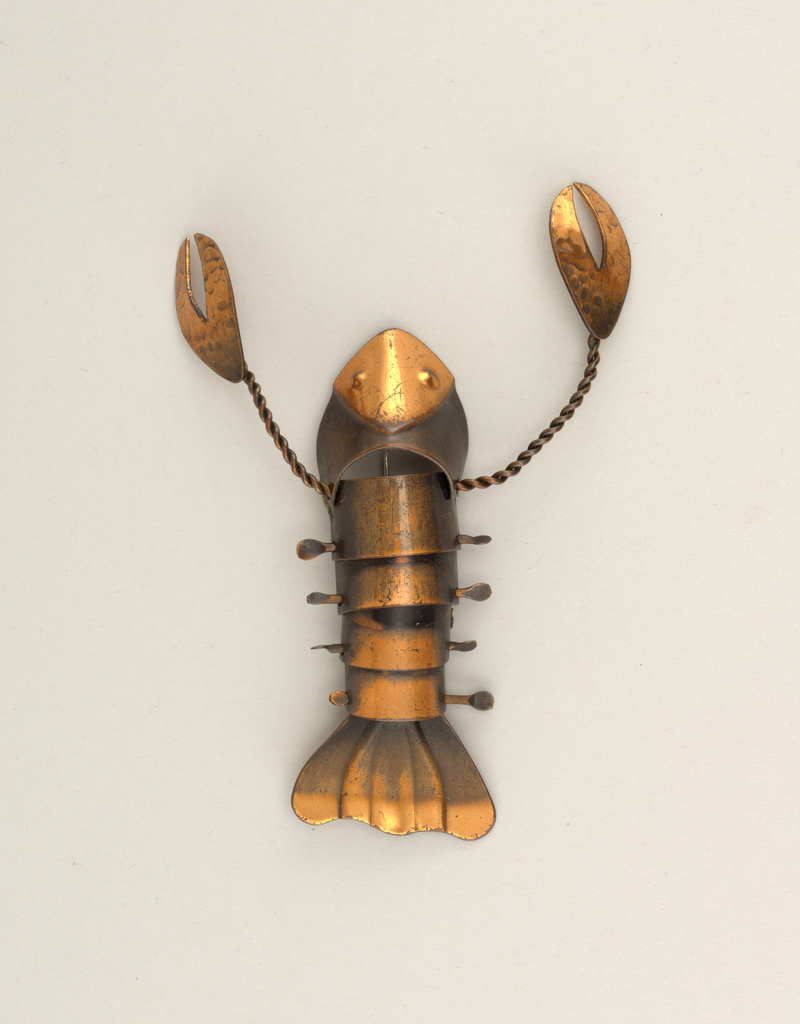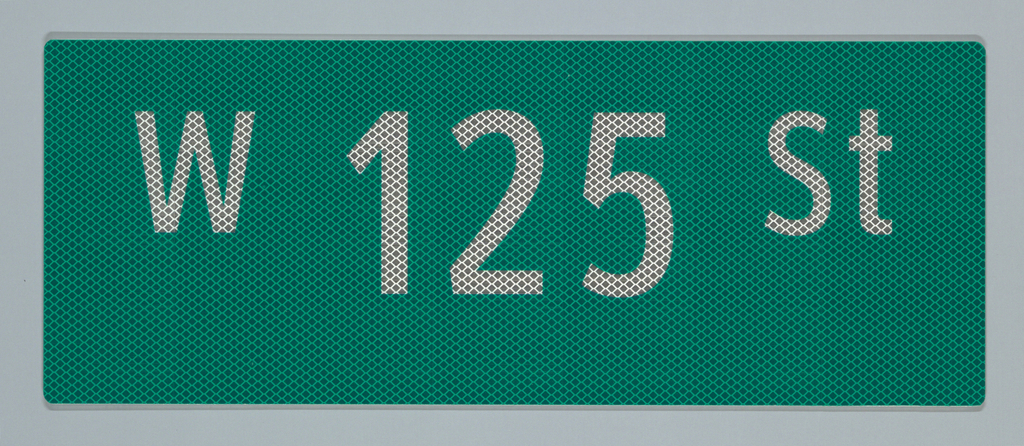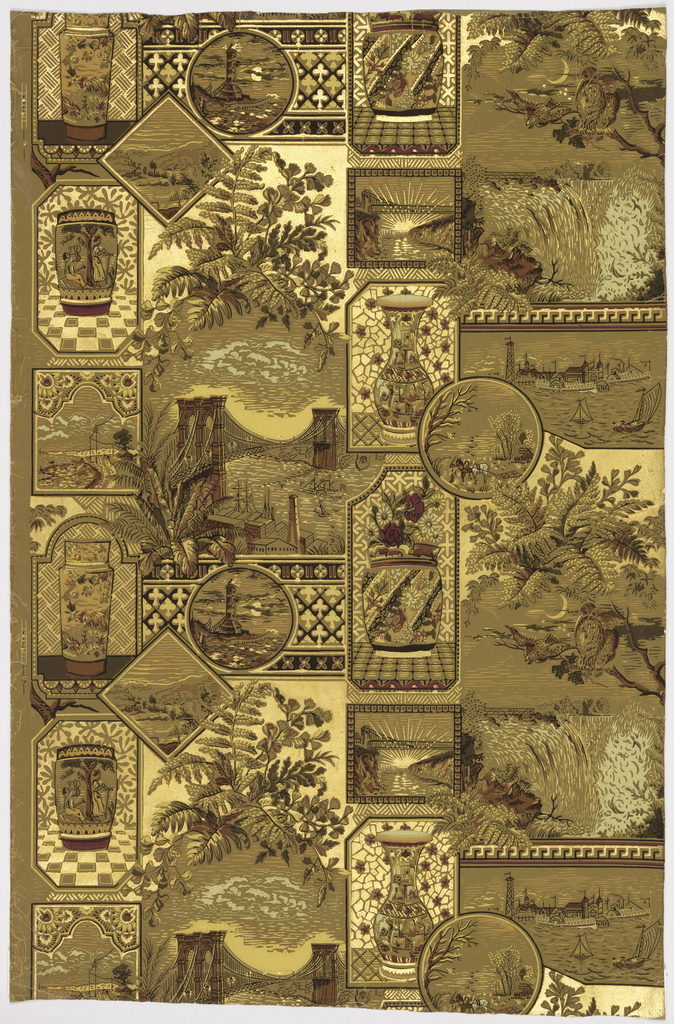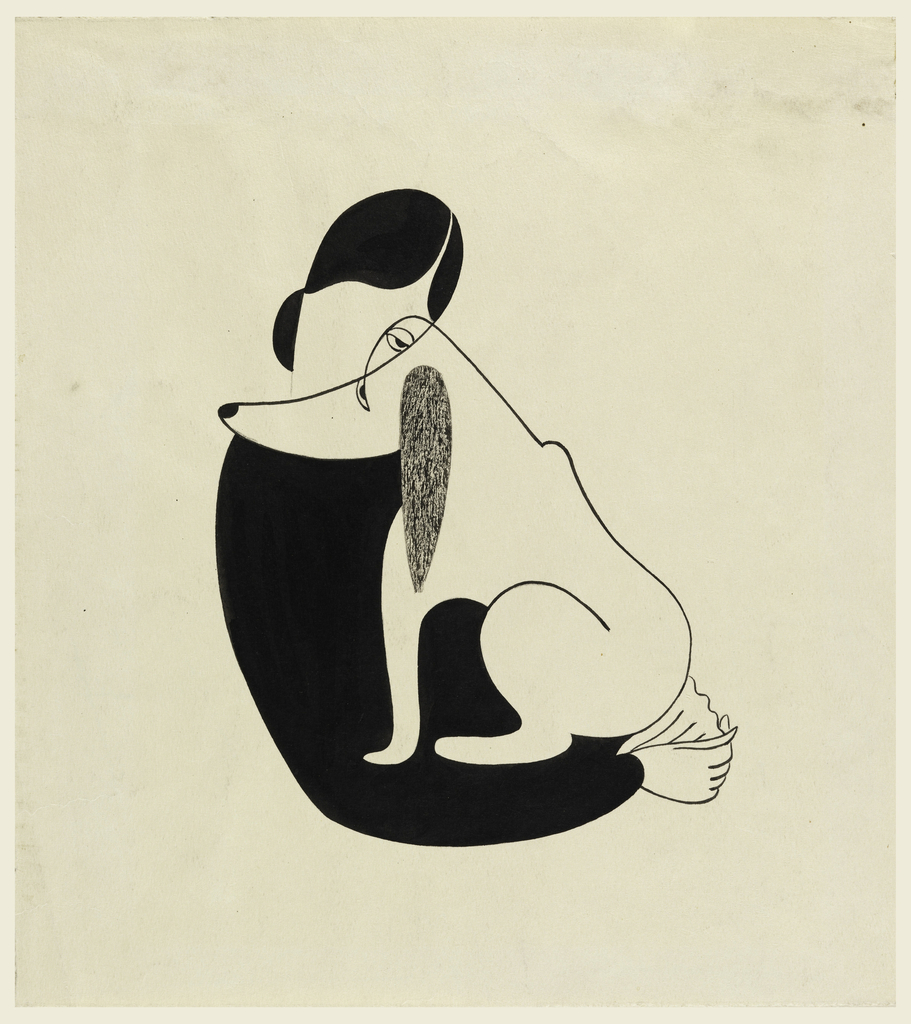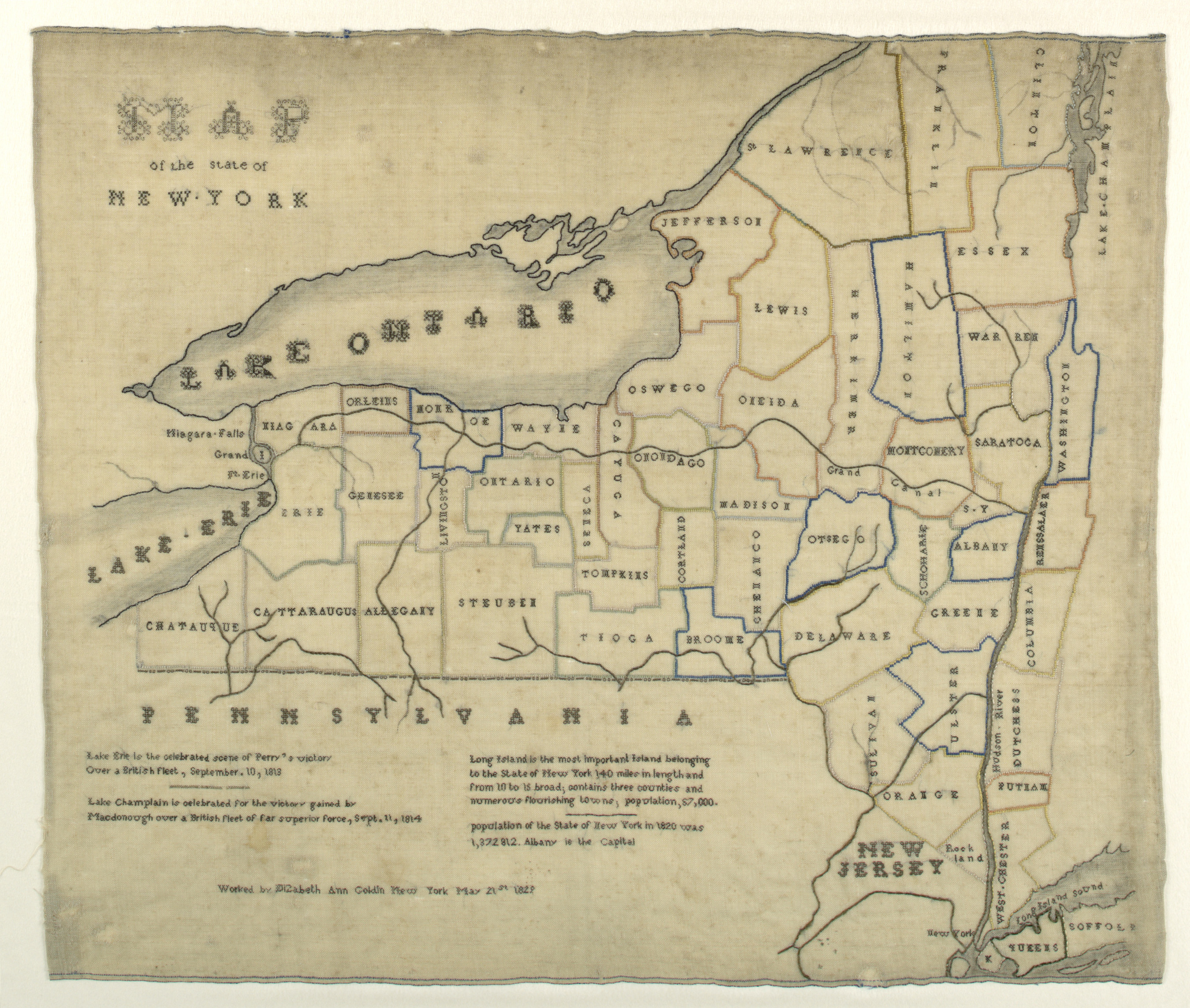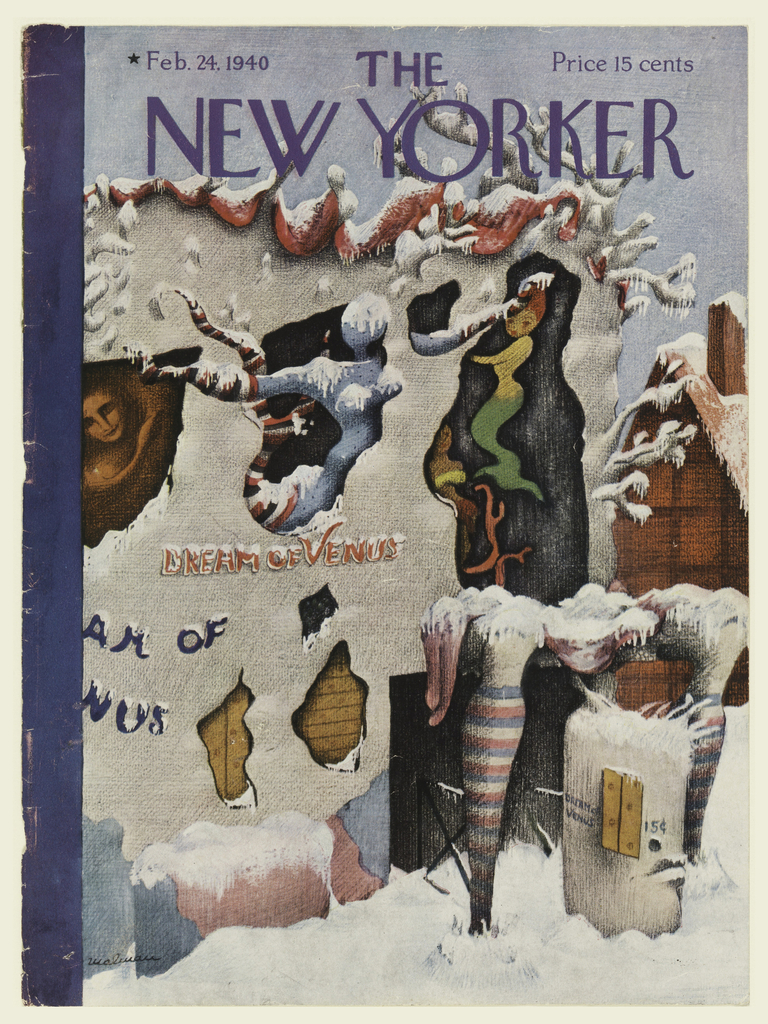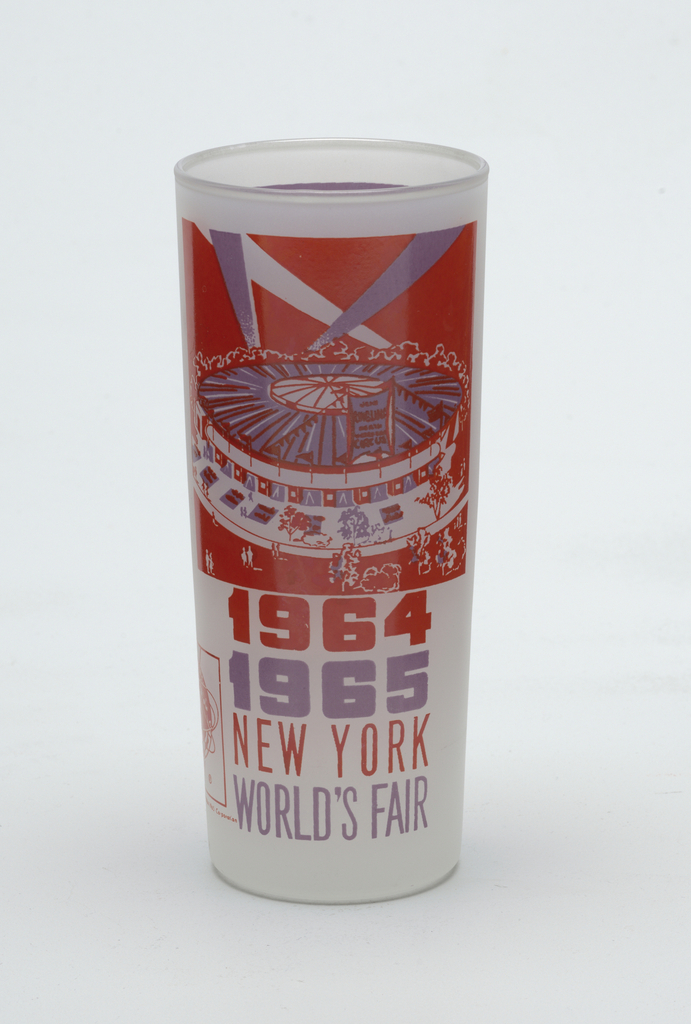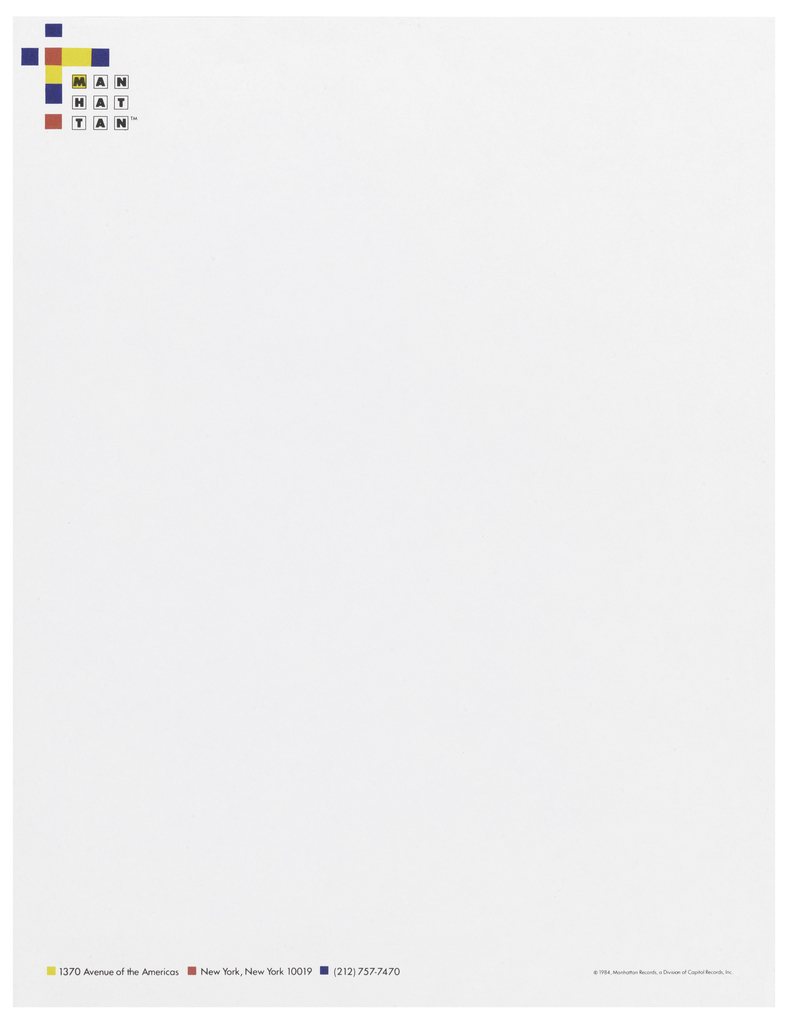In recognition of National Hispanic Heritage Month (September 15-October 15, 2019), this week’s Object Of The Day posts celebrate Latinx designers’ works in the collection. This post was originally published on July 6, 2017. In 1922, Francisco Torres arrived in New York on a steam ship from his hometown of Puerto Plata, Dominican Republic, at...
The first street signs in New York City, known as “direction boards,” were posted in 1793 and were largely used on horsecars.[1] They were intended to “rationalize the city’s built environment,” and have undergone many changes over the years. The recognizable rectangular shape of today’s signs, like this one in Cooper Hewitt’s collection, date to...
In 1922, Francisco Torres arrived in New York on a steam ship from his hometown of Puerto Plata, Dominican Republic, at the age of sixteen. Despite being an unaccompanied minor, he convinced immigration authorities to allow him to enter the United States by speaking the fluent English he learned from a native Virgin Islander living...
Japanese vases, Niagara Falls, and the Brooklyn Bridge are unusual companions in this American paper from the mid-1880s. The paper melds the long-popular fashion in the US for papers depicting landscapes with the then-current obsession for “Japonesque” patterning. This obsession had its origins in the importation of Anglo-Japanese papers from England in the 1870s. These...
Christina Malman’s 1935 drawing of a woman embracing a dog is both aesthetically magnetic and brimming with affect. Using a brush with black ink and white gouache, Malman masterfully utilizes positive and negative space to create simplified forms that are at once sleekly modern and yet familiar. The figures are depicted in a kind of...
Elizabeth Ann Goldin was fourteen when she embroidered this map of the State of New York. Such map samplers would have provided an excellent opportunity for schoolgirls to display their knowledge of geography as well as their needlework skills. In addition to outlining and naming each New York county, Elizabeth depicts Lakes Erie, Ontario, and...
In celebration of Women’s History Month, Cooper Hewitt is dedicating select Object of the Day entries to the work of women designers in our collection. Nudged in a single exuberant moment between a decade of the Great Depression and the looming threat of World War II, the 1939 World’s Fair is popularly thought to have...
The World’s Fair of 1964-65 was the third major international exhibition to be held in New York City. The Fair was held in Queens’ Flushing Meadows Corona Park, the same site as the 1939-40 World’s Fair. The theme of the Fair was “Peace Through Understanding”, and it was dedicated to “Man’s Achievement on a Shrinking...
In the forward to Letters from the Avant-Garde, a slim yet unique volume edited by Ellen Lupton and Elaine Lustig Cohen focusing on the stationery of European designers, Cohen discusses her experience as proprietor of Ex Libris, a bookstore specializing in avant-garde print materials. Founded in 1979 by Cohen and her husband, Arthur A. Cohen,...
